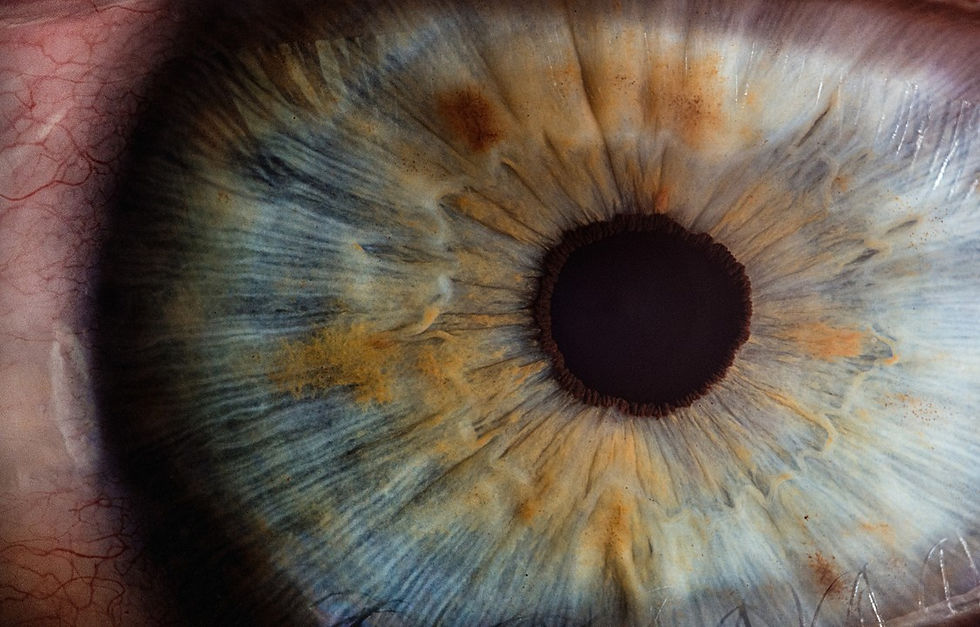My Experience Design - Introduction
- Danny
- Jun 4, 2021
- 2 min read

Well the good news is we have all at some point interacted with Experience Design (XD) knowingly or unknowingly.
In fact, you will have interacted with it in many ways professionally and personally. Experiences good and bad take the form of the employee experience/lifecycle and customer experience right through to immersive experiences, such as immersive theatre and theme parks.
The good news is I have been lucky in my career to be exposed to and shape all the above, so ideally I should be able to explain what XD is based on these past experiences and give an example of each in other areas.
We have all at some point interacted with Experience Design.
It is also good to note these captures are streams of consciousness for me to get my thoughts down and my definition may change over time… before we get started I would like to make clear my stance on XD within the corp world.
For me XD needs to be a way of thinking of the organisation, not just from the lowest touch point in the actors experience, it needs to be part of the DNA and core of every corporate, only then will the culture, ethos, and service match that of the actors need and desire within it.
Anyway back to my definition of it:
“Experience design - is the interactions between the actor (person) and the touch points of their journey, this involves designing the experience in the Macro , Micro , and Nano (we will touch on this another time) and designing from the actor's point of view" This takes into account their senses, space, and movement to create an emotive response.
I could extend further but this is a work in progress definition for me, so there we have it, simple right 👀
Okay maybe not, maybe I should try and clear it up a bit better.
It is important to notice that the term XD can be applied in many industries and to be fair it may not even be called XD. It is also good to note that it isn't UX in the pure sense.
Take for example two sides of the XD, Customer experience design is at one end and immersive theater design is at the other, however, the same skill and mindset are applied to both areas just tweaked differently for the experience needed.
It’s important to point out XD should be used in the below areas:
Employee Experience (EX)
Customer Experience (CX)
Immersive Experience (just XD for now)
Unfortunately, many opportunities are missed when these experiences are designed, as details such as sound, lighting, smells, movement and space which aid in nudging the actor through experience are often overlooked sometimes rightfully so but often just a missed opportunity.
Now more than ever we are moving from service first to experience first approach in our consumer life, it is vital that we tap into the experience economy in our professional lives too. We see time and time again our biggest transformation come from experience, and in this ever-changing world, XD is needed now more than ever!
This post was originally posted on LinkedIn 10/06/2019
https://www.linkedin.com/pulse/what-experience-design-anyway-danny-seals/
.png)
Comentários